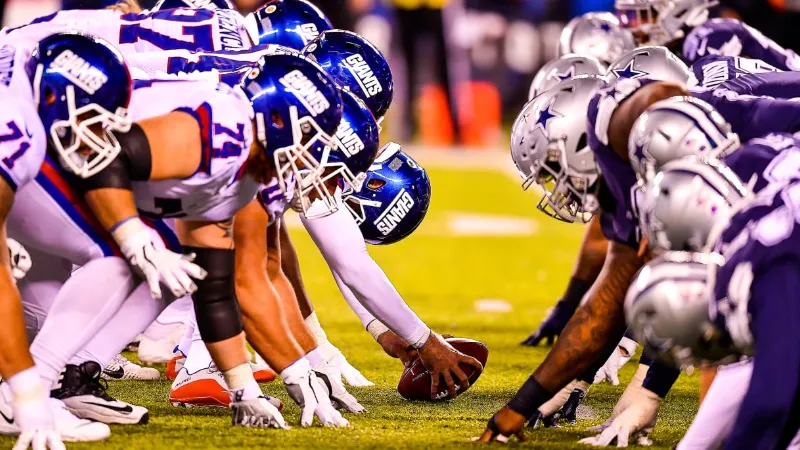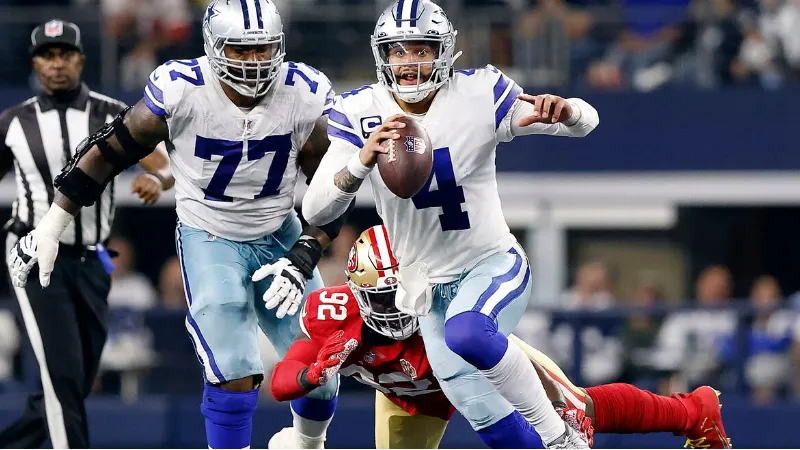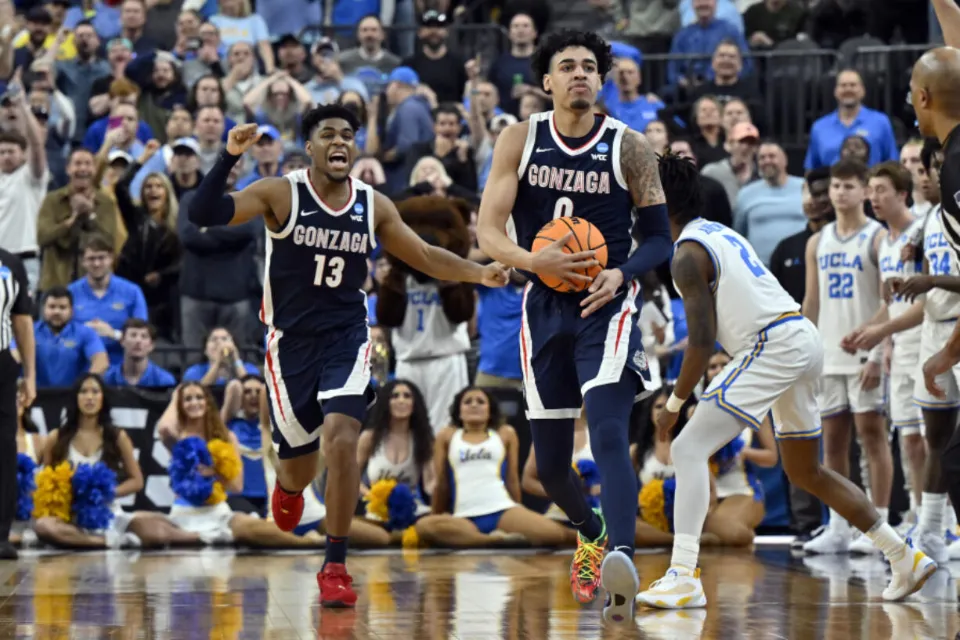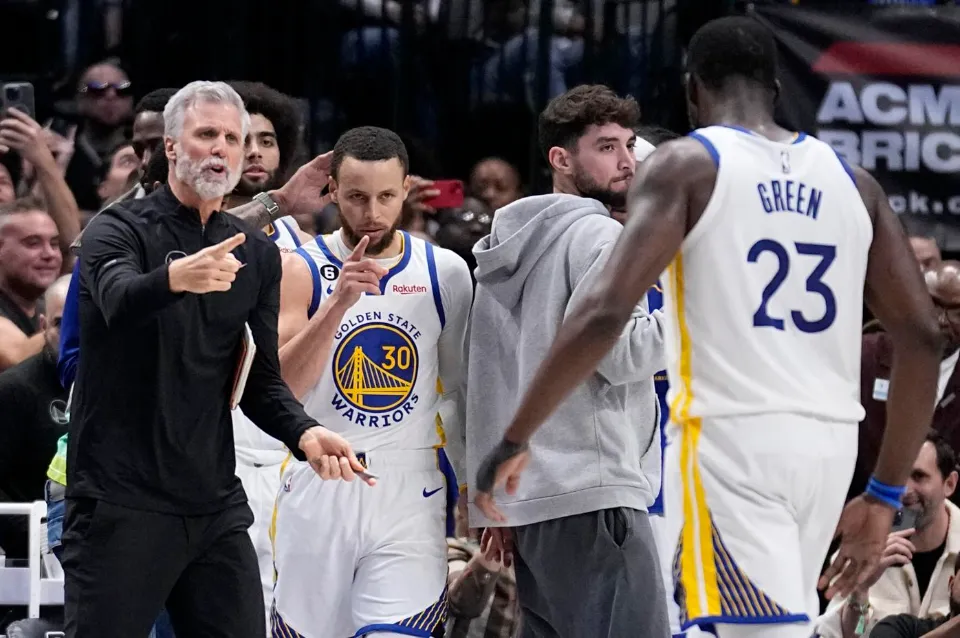What is the NCAA? All You Want to Know
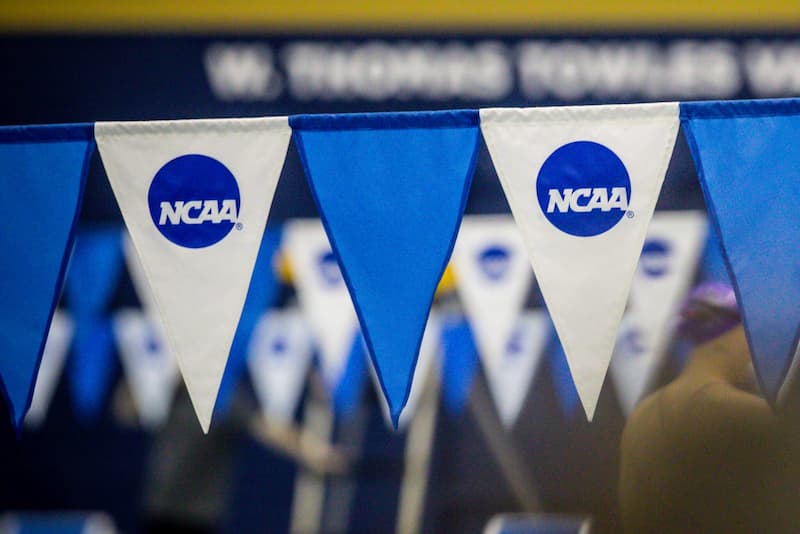
The National Collegiate Athletic Association (NCAA) is a membership-driven organization that governs intercollegiate athletics across three divisions (102 athletic conferences and 1,098 colleges and universities make up the NCAA today (see Chapters I, II, and III).
As the oldest and largest collegiate sanctioning organization, the NCAA has distributed billions of dollars to member institutions and represented college athletics for over a century.
Please read on for more detailed information.
Table of Contents
What is the NCAA?
National Collegiate Athletic Association (NCAA), organization in the United States that administers intercollegiate athletics. It was formed in 1906 as the Intercollegiate Athletic Association to draw up competition and eligibility rules for gridiron football and other intercollegiate sports. In 1910, the NCAA chose its current moniker. In 1921 it conducted its first national championship event, the National College Track and Field Championship, and it gradually extended its jurisdiction over intercollegiate competition in other sports and their college associations, or conferences. Yet it wasn’t until 1942 that the NCAA received significant authority to carry out its regulations. To safeguard stadium attendance, it started regulating college football games that were broadcast live on television in 1952.
The NCAA serves as the overall governing body for both men’s and women’s intercollegiate athletics. It establishes and upholds the requirements for athletes’ eligibility as well as the rules of play for a variety of sports. In addition to overseeing regional and national intercollegiate athletic competitions, it also hosts nearly 90 national championships across about two dozen sports. The NCAA was reorganized in 1973 into three divisions, each of which represented a different level of competition. Each member college was given the option of choosing which division it should be in. National championship competitions in a variety of sports are held in each division.
The NCAA compiles statistics on about a dozen college sports, including gridiron football, baseball, and men’s and women’s basketball, football (soccer), ice hockey, and lacrosse. It also publishes rule books and guides on these sports as well as on skiing, swimming, diving, track and field (athletics), and wrestling, among others. Over 1,000 academic institutions belonged to the NCAA at the beginning of the twenty-first century. Its headquarters and museum, the NCAA Hall of Champions, are in Indianapolis, Indiana.
Player Eligibility in the NCAA
Student-athletes who plan to continue their athletic careers in college must also maintain a minimum GPA to compete in NCAA sports. While the minimum requirements for Division I and Division II schools differ slightly, both demand that incoming students have successfully completed at least 16 core courses in high school and have obtained a qualifying SAT or ACT test score. English, math, natural or physical science, and social science courses are among the subjects that these academic requirements cover.
Continuing student-athletes must meet several academic standards to maintain their eligibility. Student-athletes in Division I and Division II are required to maintain full-time status, complete all necessary coursework, and have a cumulative GPA of at least 2.0. Each academic year, Division I student-athletes must also complete a portion of their degree requirements.
All Division III student-athletes must be enrolled full-time because Division III schools do not provide athletic scholarships. Each Division III school sets its own admission standards and ongoing eligibility requirements. Additionally, students applying to these schools do not need to register with the NCAA Eligibility Center.
NCAA-Sponsored Sports
Schools are classified as Division I, Division II, or Division III institutions according to their size, athletic program budget, and capacity to provide scholarships. Nearly 20,000 teams are divided into 102 athletic conferences by these three divisions.
The NCAA currently manages 24 sports and bestows 90 titles each year. Basketball, football, soccer, and volleyball are some of the biggest NCAA sports, with men’s and women’s teams competing in the majority of cases.
NCAA basketball — the sport representing the most NCAA teams — includes nearly 2,200 men’s and women’s teams. More than 1,000 of these are women’s basketball teams, which is more than there are male basketball teams combined. In fact, across the NCAA, women’s teams have consistently outnumbered men’s teams since 1996-97. Today, there are over 10,000 women’s teams competing in NCAA championship sports.
NCAA Spring Sports
- Baseball (Check for How Does the NCAA Baseball Tournament Work? )
- Beach Volleyball
- Golf
- Lacrosse
- Rowing
- Softball
- Tennis
- Track and Field (outdoor)
- Men’s Volleyball
- Women’s Waterpolo
NCAA Fall Sports
- Cross Country
- Field Hockey·Football
- Soccer
- Women’s Volleyball
- Men’s Water Polo
NCAA Winter Sports
- Basketball
- Bowling Fencing
- Gymnastics
- lce Hockey
- Rifle
- Skiing
- Swimming and Diving
- Track and Field (Indoor
- Wrestling
Who Makes the Rules?
Member representatives serve on committees that propose rules and policies surrounding college sports. The rules that are adopted and put into place on campus are ultimately decided by the members and cover everything from recruiting and compliance to academics and competitions.
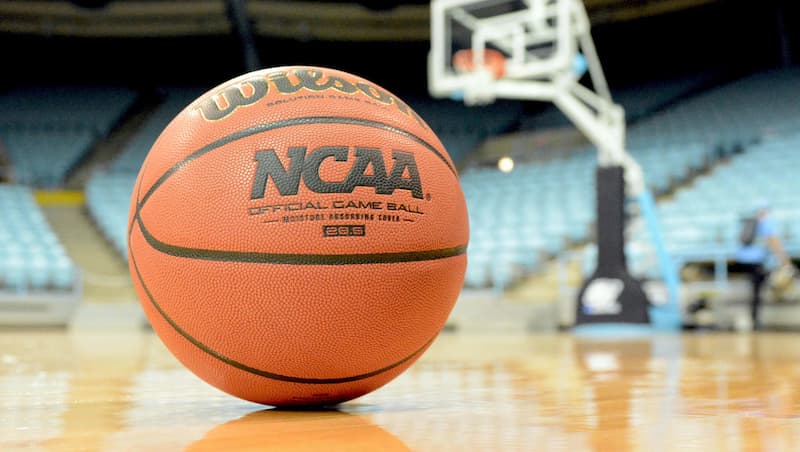
What Determines the Colleges Standing?
The NCAA has designated each college that is a member as belonging to one of its divisions. The size of the institution, the athletic program’s budget, and whether or not scholarships are offered (along with how many are awarded for athletics) all affect these. Almost a hundred championships are awarded annually by this organization, which is involved in over twenty different sports.
Concluding Thoughts
A governing body that aids in collegiate sports regulation is the NCAA. This is crucial because these athletic programs generate a sizable amount of money for the schools and frequently assist in funding programs other than athletics.
Each college’s athletic program and programs related to the athletic program depend on the funding that the NCAA gave the schools in its system. This funding also aids in the distribution of academic scholarships for athletes.
FAQs
What is NCAA Division 1?
NCAA Division I (D-I) is the highest level of intercollegiate athletics sanctioned by the National Collegiate Athletic Association (NCAA) in the United States, which accepts players globally.
What is NCAA Philippines?
The National Collegiate Athletic Association (NCAA) is an athletics association of ten private colleges and universities in Metro Manila, Philippines. It is the oldest collegiate athletic association in the nation, having been founded in 1924.

